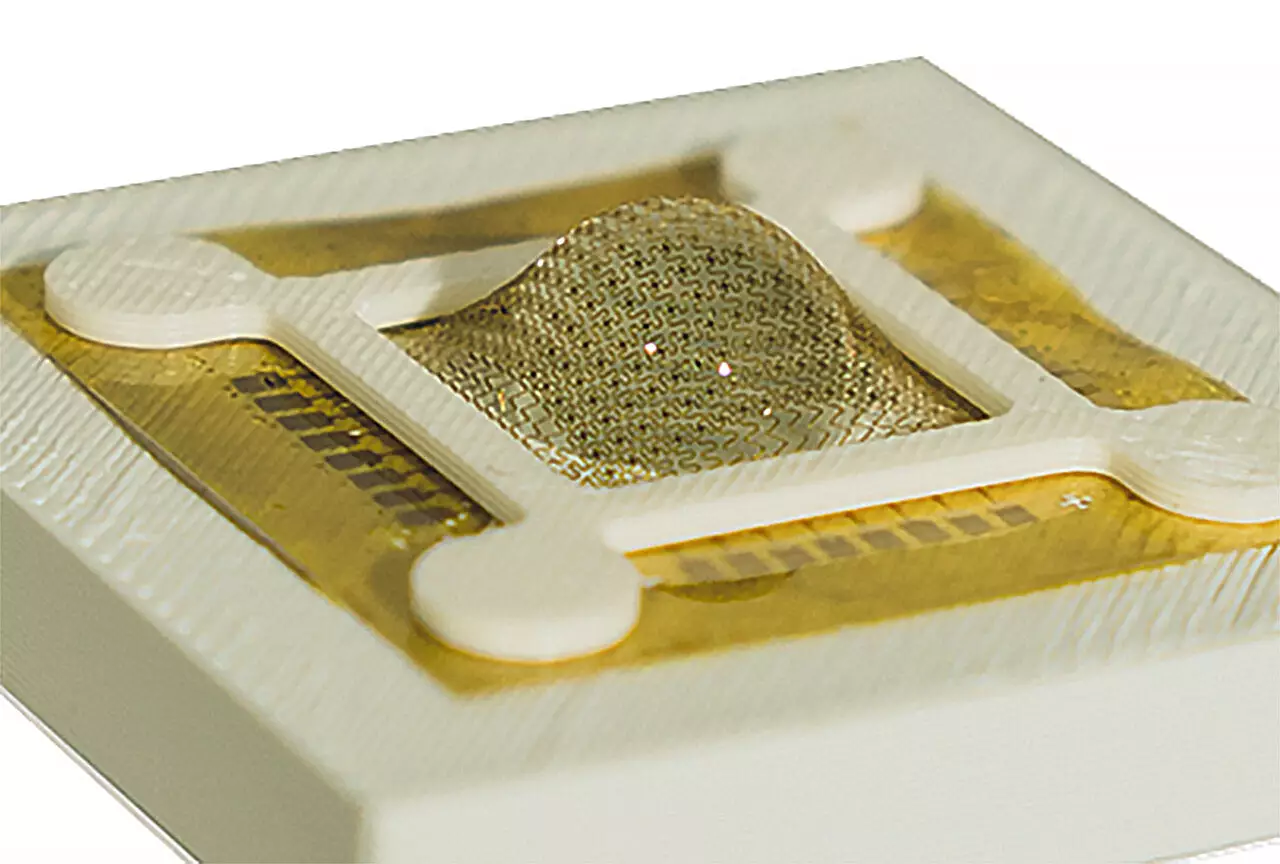Artificial intelligence technology has made great strides in recent years, particularly in the field of visual processing. However, self-driving cars and other machines that rely on visual systems still face limitations when it comes to accurately detecting and processing static or slow-moving objects in three-dimensional space. Researchers at the University of Virginia School of Engineering and Applied Science have taken inspiration from the natural world to develop a groundbreaking solution to this problem.
Unlike traditional visual systems in machines, which often suffer from accuracy issues and processing lag times, the team at the University of Virginia drew inspiration from the praying mantis’s unique compound eyes. These biological eyes provide the insect with binocular vision, depth perception, and a wide field of view. By mimicking the structure of the mantis’s eyes, with microlenses and multiple photodiodes that produce electrical currents when exposed to light, the researchers were able to develop artificial compound eyes that can process visual data in real time with superior accuracy.
The team’s artificial compound eyes represent a significant leap forward in visual processing technology. By integrating flexible semiconductor materials, conformal devices, in-sensor memory components, and advanced post-processing algorithms, the system can continuously monitor changes in the scene and encode this information into smaller data sets for processing. This method mirrors how insects perceive the world, allowing for rapid differentiation of pixels between scenes to understand motion and spatial data.
One of the key advantages of the artificial compound eyes developed by the University of Virginia team is their ability to process visual information in real time, without the need for external computation or data transfer to the cloud. This results in a significant reduction in power consumption, making the system more energy-efficient than traditional visual processing systems. By combining advanced materials and algorithms, the artificial compound eyes enable efficient and accurate 3D spatiotemporal perception.
The applications for this revolutionary visual technology are vast, ranging from low-power vehicles and drones to self-driving cars, robotic assembly, surveillance systems, and smart home devices. The seamless fusion of advanced materials and algorithms in the artificial compound eyes opens up new possibilities for engineers and scientists to tackle complex visual processing challenges. The team’s work represents a significant scientific breakthrough that could inspire future innovations in the field of visual technology.
The development of artificial compound eyes inspired by the praying mantis’s natural visual system represents a major advancement in the field of visual processing. By mimicking the biological capabilities of insects and combining them with innovative engineering and computing techniques, the University of Virginia researchers have created a system that overcomes the limitations of traditional visual processing systems. With the potential to revolutionize a wide range of industries, from transportation to security, the artificial compound eyes open up new possibilities for efficient and accurate 3D visual perception.


Leave a Reply